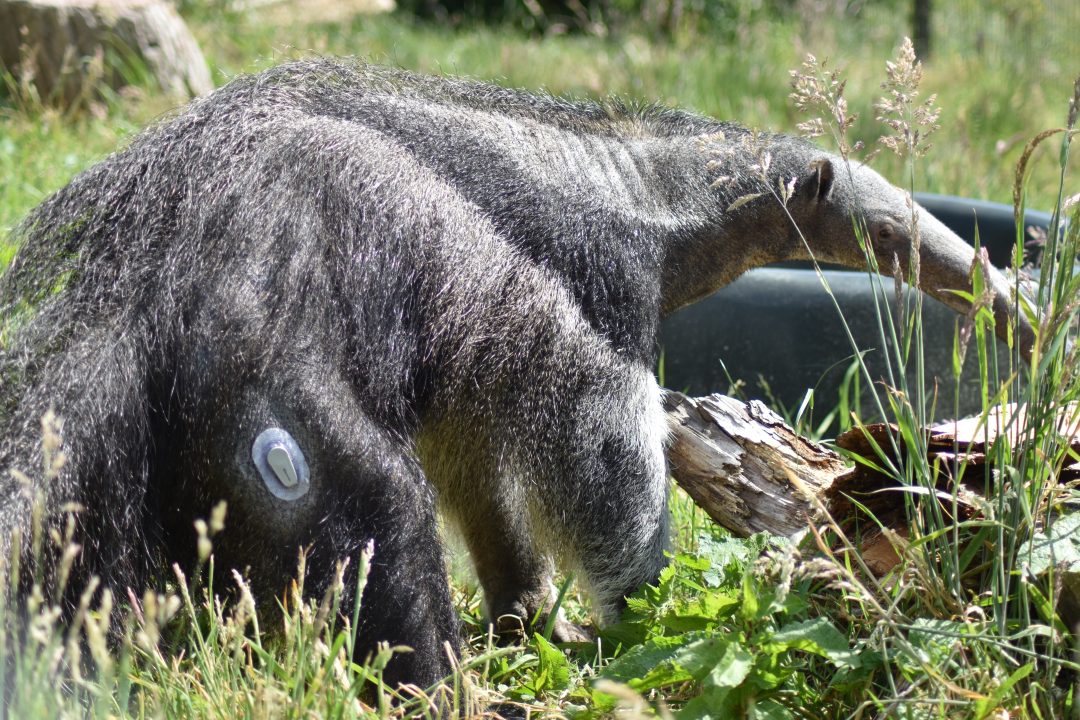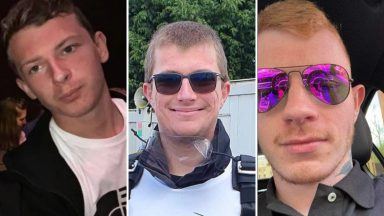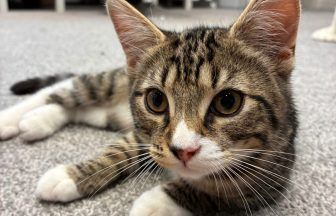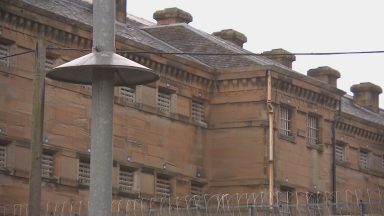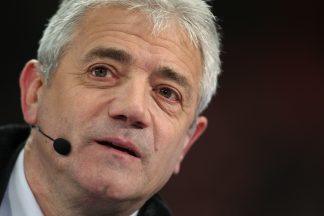A giant anteater thought to be the first of its kind to be suffering from diabetes has been fitted with a monitor usually used by humans by researchers at a Scottish zoo.
Keepers at Edinburgh Zoo have trained Nala to receive insulin injections every day, however she had also received a glucose monitor to assess her dosage which can be observed through a phone app.
The animal, who lives at the facility with a male named Lucifer and their son Zeferino, began displaying symptoms similar to those found in people prior to being diagnosed with the type one condition.
The condition is known to occur in domestic cats and dogs and in tamandua – a type of anteater – in the wild, but no other cases have been reported in giant anteaters.
Dr Stephanie Mota, resident veterinary surgeon at the Royal Zoological Society of Scotland, said the device will allow experts to give Nala the care she needs.

Dr Mota added: “Keepers first discovered something was wrong when Nala was losing weight despite eating the same amount, or sometimes even more than usual.
“Taking bloods daily was not an option, and we did initially start monitoring the levels through urine samples but we decided to contact some companies who produced human glucose monitors to try and streamline the process, and find a way which would be the least invasive.
“Dexcom, leading providers of this technology, kindly donated the monitor to our charity and we were able to apply it during one of her training sessions, which now allows us to check her blood glucose levels through an app remotely.”
The insectivores, which can grow to more than two metres in length, are listed as ‘vulnerable’ by conservationists.
Fur poaching and decimation of their native Central and South American habitats have drove population numbers down before the animals were added to the list in 2013.
Dr Mota continued: “Our keepers did an amazing job quickly training Nala to take an insulin injection every day, but the challenge for us was how to continuously monitor her blood glucose levels to ensure she was receiving the perfect dose.
“Due to her lovely personality, Nala is the ideal candidate for this technology which helps us, and her amazing team of keepers, manage her condition in the best possible way.”
Follow STV News on WhatsApp
Scan the QR code on your mobile device for all the latest news from around the country


